Relationships: The Good, the Bad and the
Evil
Interactions
With Humans
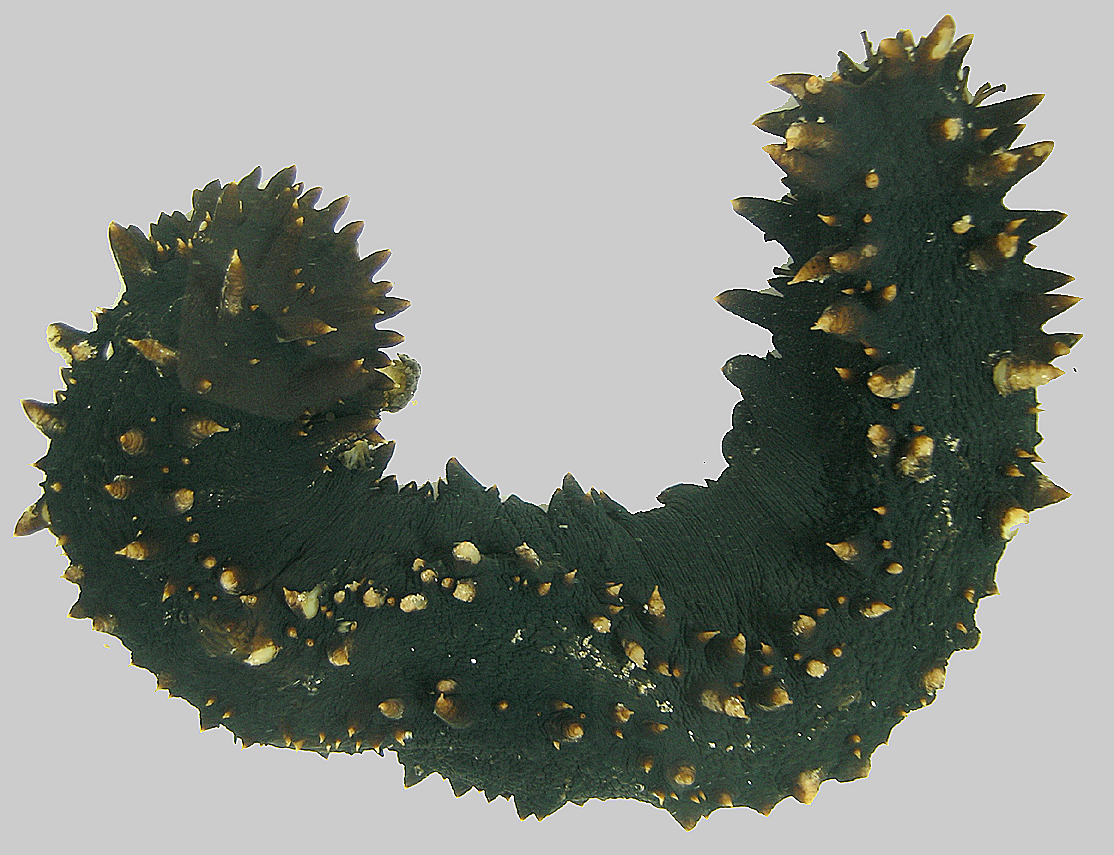
Sea
cucumbers have been harvested for Asian markets for over 1000
years. The dried and processed body wall of the organism is
more commonly known as bÍche-de-mer or trťpang in some
areas. There are over 20 sought after species in this industry with
Stichopus chloronotus being one of them. BÍche-de-mer is
considered a delicacy in China and has also become a part of
life and tradition for them. Along with being considered an
aphrodisiac, it is believed to have medicinal purposes for
aiding those with high blood pressure and muscular disorders. Its
very low fat content makes it ideal for
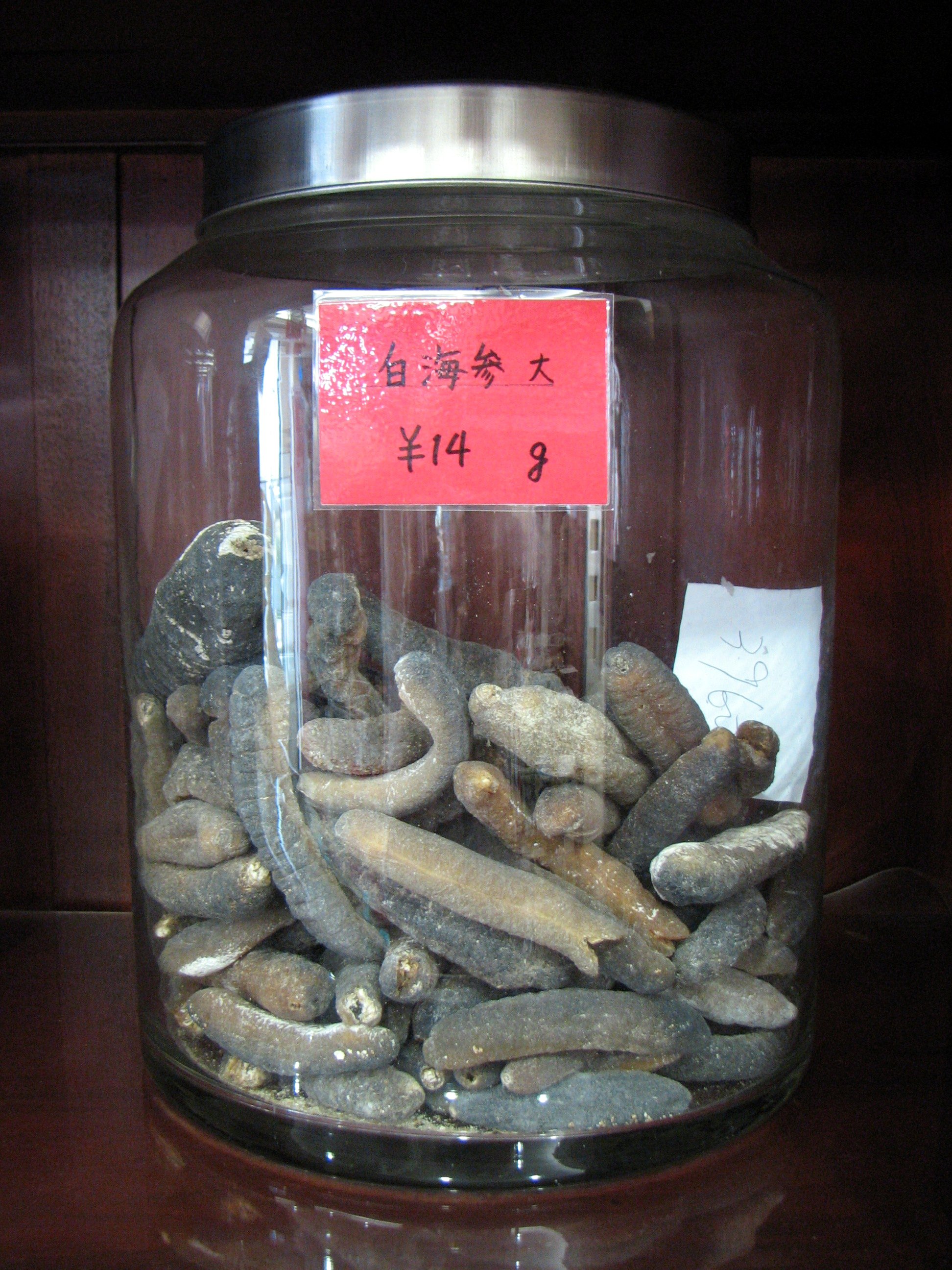
people with high blood pressure
and its high protein content is comparable to that of an egg. Sea cucumbers also contain
copious amounts of mucopolysaccharides, one of which being
chondroitin sulfate, which is known for its ability to reduce
arthritis pain and inhibit viruses such as herpes. Chondroitin can also be found in the cartilage of
animals such as
cows.
Although Stichopus chloronotus is considered to be a
part of the bÍch-de-mer industry they are not highly sought
after. One of the main reasons for this is because of their thin
body walls. When the sea cucumber is processed the internal
organs are removed, it is boiled in a salty water and then dried
for preservation. When out of the water, the body wall of
Stichopus chlorontus is extremely easy to dissolve and when
it is boiled it is difficult to process the body wall without
developing holes. This issue makes it very difficult to provide
a high quality product.
Interactions With Animals
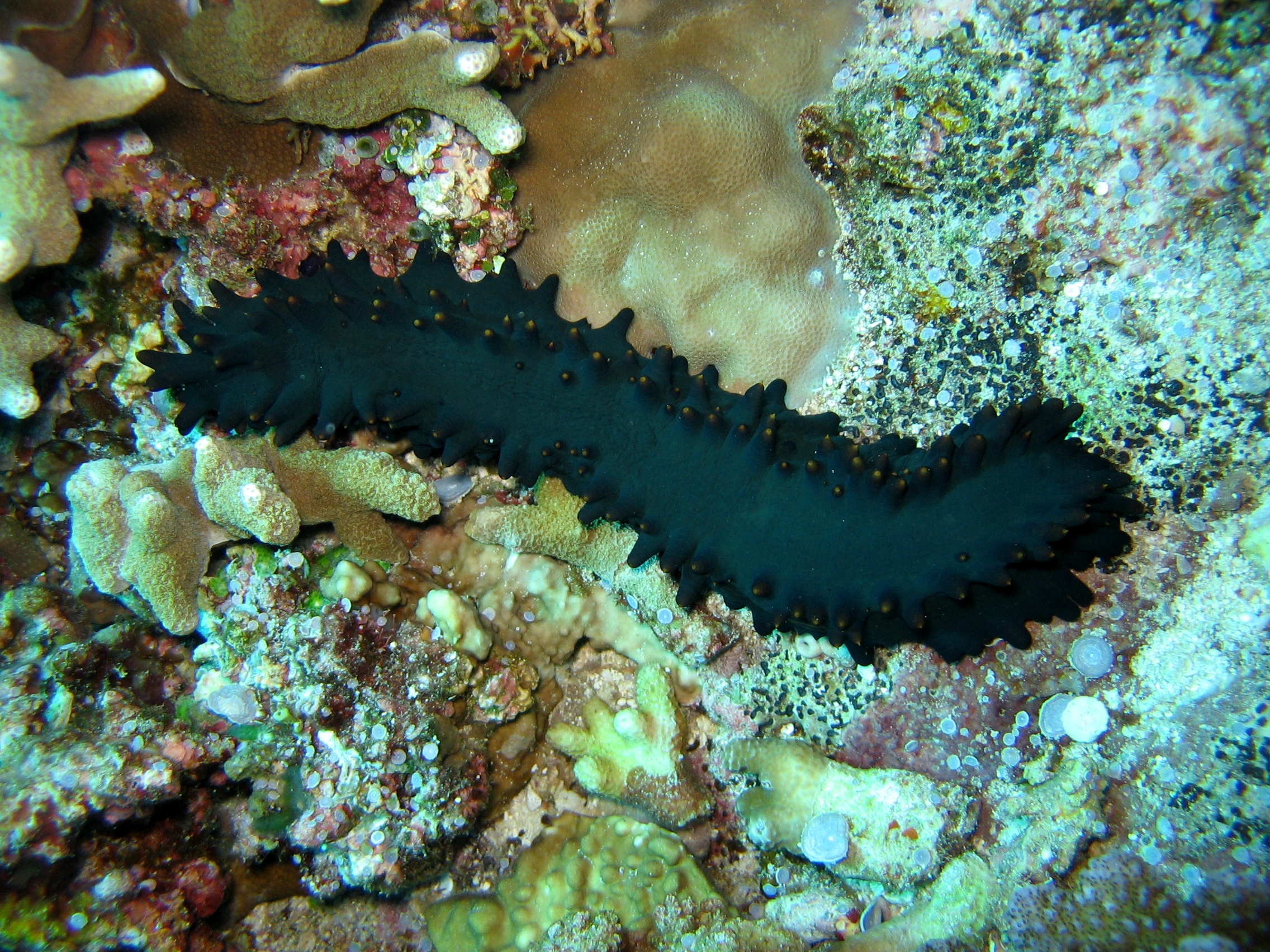
In
order to protect themselves from predators, many holothurians, including
Stichopus chloronotus, have developed toxins in their bodies. This
toxin is called holothurin which is a saponin and has been used for a long
time by the South Pacific islanders as a means to catch tide pool fish. This
toxin is often found in the body wall of the organism, more specifically, the
Cuvierian tubules. Cuvierian tubules are long sticky organs
attached to the respiratory trees in some species of holothurinas, and when
threatened, it shoots its Cuvierian tubules from its anus,
tangling the culprit in a sticky mess and possibly killing it with the saponins present in the tubules.
Although Cuvierian tubules are found in numerous holoturians, they are not found in
Stichopus chloronotus. Despite this
lack of Cuvierian tublues, the saponins toxins are still found in its body wall
and are
highly toxic to predatorial fish. Unfortunately, the saponins have little
to no effect on organisms such as crustaceans. As a
result, Stichopus chloronotus, and similar species, have
developed an alternative means of escaping predators. As discussed in the
reproduction and
adaptations sections, Holothur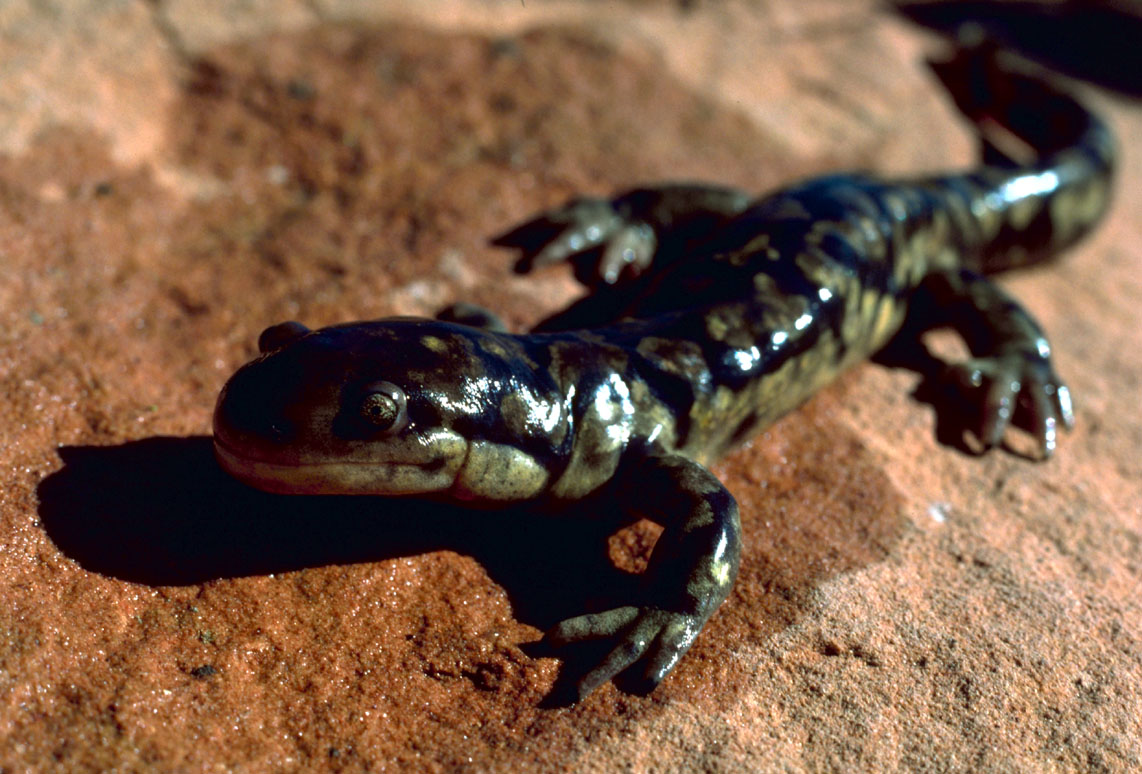
ians
possess a tissue called “catch-connective tissue” that allows them to harden
and soften their body. This tissue is also thought to be a defense mechanism
against predators such as gastropods like Tonna Perdix, crabs and
crustaceans. When attacked Stichopus chloronotus will contract its
body into a “U” shape which essentially causes the shedding of the skin that
is being attacked. The sea cucumber uses this as a distraction, allowing it
to move away from the predator. This response to danger is somewhat similar
to what you find in species of lizards. The sea cucumber is also then able
to regenerate lost tissue. This ability is not only useful after predatory
attack but also in asexual reproduction. Other organisms that are capable of
regeneration are salamanders. To learn more about these
organisms, check out the
tiger salamander or the
spotted salamander.
The Pearlfish
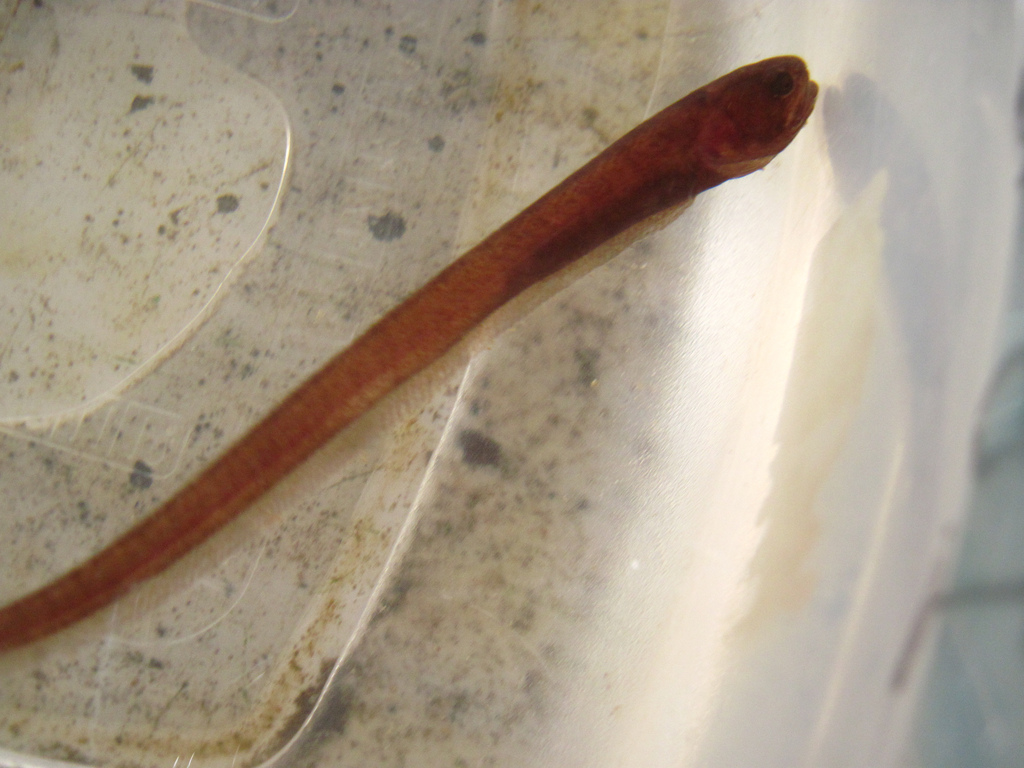
As
discussed in the section on adaptation most
holothurians utilize respiratory trees as a means of breathing.
Surprisingly, these structures are also utilized by a species of fish called
the Pearlfish. The tropical fish uses the respiratory trees of certain
species of holothurian as its home and lives within the trunk of the trees.
The fish will leave the host in order to find food at night and reenter it
as the cloaca of the sea cucumber expands to breath. There can often be more
than one found residing inside a sea cucumber and so far there seems to be
no negative effects on the host making the relationship between the two a
commensalistic relationship.
Want to learn how to cook sea cucumber? Here are some
recipes!
Or learn more about the creator of this website.




